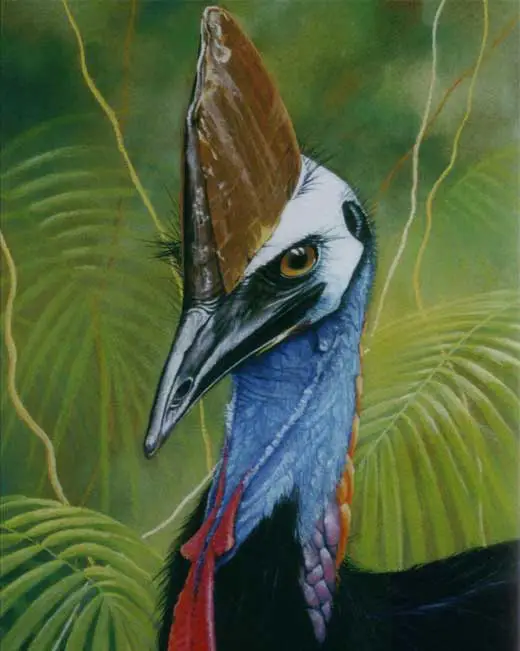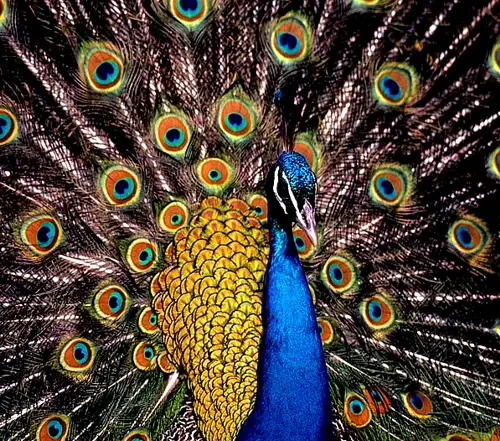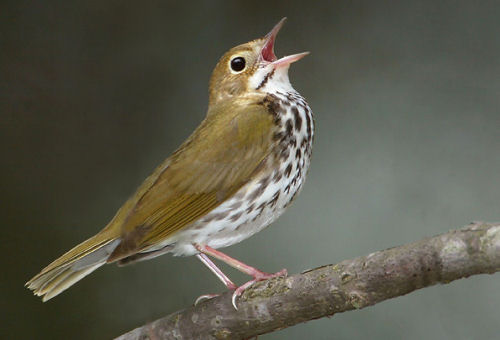Cassowary
Physical Characteristics:
Next in line only to the ostrich for size and stamina, the Cassowary is a very large inhabitant of the rain forest areas.
The Cassowary may weigh as much as 120-140 pounds and be about six feet tall or a little less. The male and the female have the same essential look to them. They are black and cover them from their neck to their high quarters. They do not fly but the feathers do serve to protect them from the moisture and humidity of the rainforests where they live.
They have a brilliant blue head and neck and at the top of their head is a structure that seems like a helmet. Science believes that this helps to keep them protected from the thorns and scraping of the branches in the area they live. They have three toes which have very sharp claws on them. The have an inner tow that has a very large claw as well that is their defence against the attack of predators.
Location and Habitat
Cassowaries are found in the islands and areas of Australia, New Guinea rainforests areas. They live in the densest parts of the rainforests as well as ranging over the swampy low-lying areas of New Guinea and the northern part of Australia.

The Cassowary Bird
What They Eat
The food of the Cassowary is primarily fruit. They are also known to eat frogs as well as other small mammals. The Cassowary serves an important purpose in the rainforests. They eat the fruits and spread the seeds of the fruit when they pass through the digestion.
Cassowaries are called the “gardeners of the rainforests” because of the way in which they help the trees to spread and grow.
The Cassowary also eats vegetation, will supplement that with fungi as well as some small insects.
Breeding Facts
The Cassowary breeding season takes place between the months of June and November. They will mate with one or more than one male. Once they have mated the female Cassowary will scrape away and area and build a nest from foliage. She will then lie between two and five eggs in the nest.
Males will incubate the eggs while the female may go off and lay several more clutches of eggs in other nests. The male will incubate and stay with the Cassowary chicks. He tends to defend and assist them with finding food until they are able to fend for themselves.



i thought that this was extinct
or is it still alive and living in australia
I found out in the tv.
i had to do a project on this and i found abunch of info in here!!